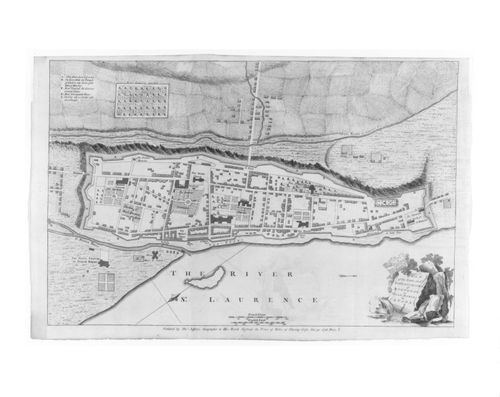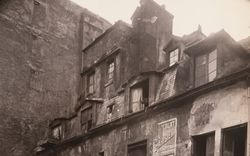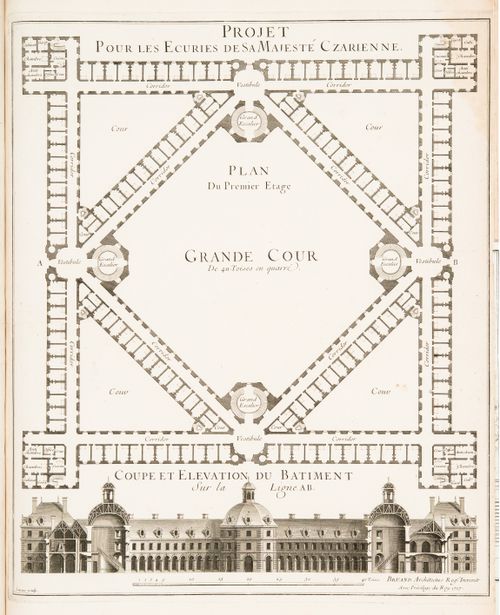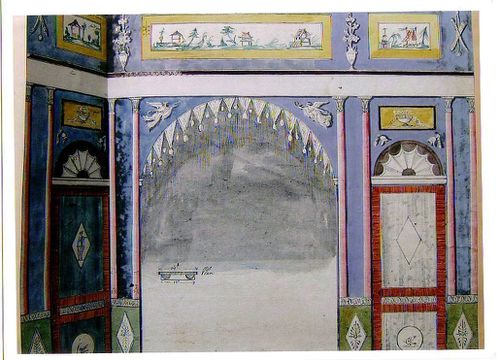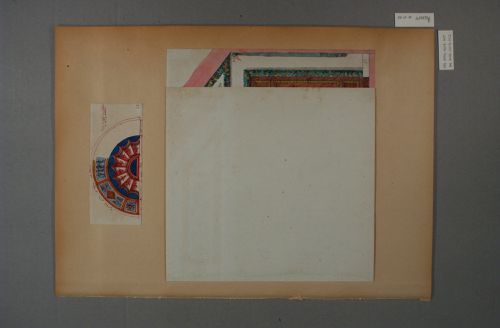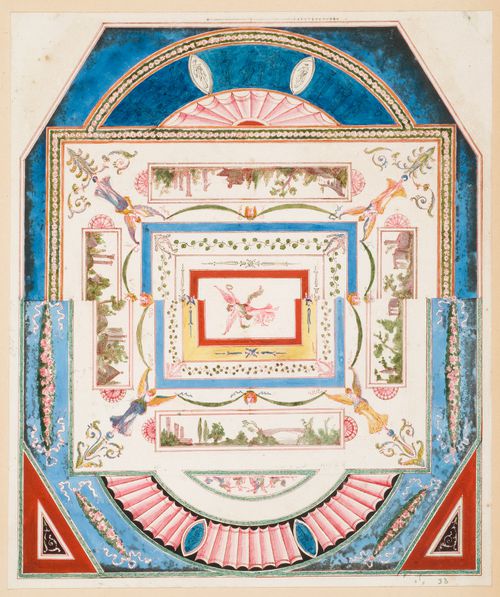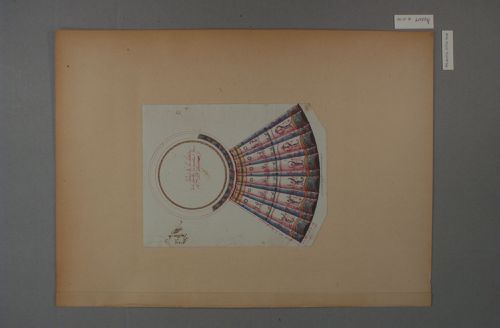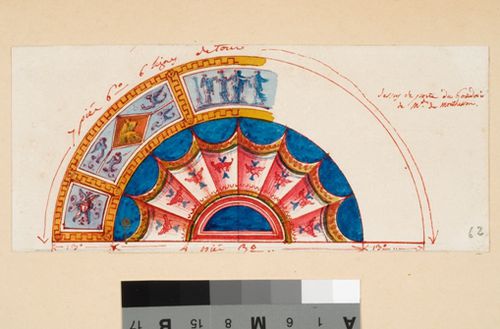Annotated plan of Montréal
DR1982:0237
published 30 January 1758
Series
Olzweg
AP193.S3
Description:
Series 3, Olzweg, 2006, relates to a competition proposal conceptualized in 2006 for an extension to the Fond Régional d’Art Contemporain (FRAC) in Orléans, France. The records contain images of plans, elevations, sections, and renderings of the project and the robot. There are also pictures of the model and an animated rendering of different 3D model views. The FRAC competition sought an emblematic extension that would complement the original 18th century building hosting the collection. R&Sie(n)’s project earned second place in the competition. The project takes its name from Holzwege a book from Heidegger inspired by the paths that winds through the forest. It consists of a labyrinth of recycled glass sticks, which appeared to be “glued” to the existing building and courtyard. The glass comes from recycled bottles provided by the neighborhood inhabitants. R&Sie(n) sees this as a form of criticism of France’s relation to wine consumption through its materialization. The labyrinth is progressively constructed and rearranged by a robotic arm and randomized, interactive software continuously reprogramming its parameters during construction.
2006
Olzweg
Actions:
AP193.S3
Description:
Series 3, Olzweg, 2006, relates to a competition proposal conceptualized in 2006 for an extension to the Fond Régional d’Art Contemporain (FRAC) in Orléans, France. The records contain images of plans, elevations, sections, and renderings of the project and the robot. There are also pictures of the model and an animated rendering of different 3D model views. The FRAC competition sought an emblematic extension that would complement the original 18th century building hosting the collection. R&Sie(n)’s project earned second place in the competition. The project takes its name from Holzwege a book from Heidegger inspired by the paths that winds through the forest. It consists of a labyrinth of recycled glass sticks, which appeared to be “glued” to the existing building and courtyard. The glass comes from recycled bottles provided by the neighborhood inhabitants. R&Sie(n) sees this as a form of criticism of France’s relation to wine consumption through its materialization. The labyrinth is progressively constructed and rearranged by a robotic arm and randomized, interactive software continuously reprogramming its parameters during construction.
Series
2006
articles
Detritus, Waste, Salvage
Into the material world
18th century, 19th century, rubbish, trash, salvage, recycling, André Guillerme, construction, demolition, Paris, round table
18 January 2017
Into the material world
DR1974:0002:010:027
architecture
printed 1717
Design by François Bruant for a stable for the Czarina: First floor plan and sectional elevation through the large courtyard
Actions:
DR1974:0002:010:027
architecture
Décor pour un mur d'alcôve
DR2006:0013:001
interior design
entre 1777 et 1793
interior design
DR2006:0013:002
interior design
entre 1780 et 1793
interior design
DR2006:0013:003
interior design
between 1777 and 1793
interior design
DR2006:0013:004
interior design
entre 1786 et 1793
Décor pour la lanterne de la chambre à coucher d'Anne-Victoire Dervieux
Actions:
DR2006:0013:004
interior design
DR2006:0013:005
interior design
entre 1780 et 1793
interior design
research
Visiting Scholars 2004
Jean-Pierre Chupin, École darchitecture, Université de Montréal, Canada Topic: Théories du projet et paradoxes de la pensée analogique au tournant des années 70 Samuel D. Abert, Department of Art History, Hebrew University of Jerusalem, Israel Topic: And was Jerusalem builded here… Maarten Delbeke, Universiteit Gent, Ghent, Belgium Topic: The Sacred History of(...)
January 2004 to August 2004
Visiting Scholars 2004
Actions:
Description:
Jean-Pierre Chupin, École darchitecture, Université de Montréal, Canada Topic: Théories du projet et paradoxes de la pensée analogique au tournant des années 70 Samuel D. Abert, Department of Art History, Hebrew University of Jerusalem, Israel Topic: And was Jerusalem builded here… Maarten Delbeke, Universiteit Gent, Ghent, Belgium Topic: The Sacred History of(...)
research
January 2004 to
August 2004
